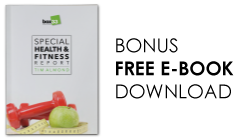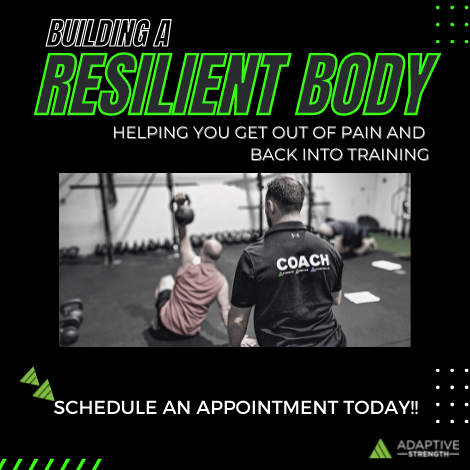The other day, one of my 68-year-old clients came rushing up to me with this huge grin on her face.
“You won’t believe it,” she said.
“My bone mass… it’s 2.9kg now! It was only 2.2kg eighteen months ago!”
She was beaming — proud, confident, and honestly a little shocked at what her body had managed to do.
(For privacy, I won’t use her real name — let’s call her Mary.)
Now, if you’ve ever been told you have osteopenia or osteoporosis, you know how scary those words feel. They sound final… like a slow, inevitable decline.
But seeing Mary so excited — because she had literally built new bone — was the perfect reminder of something we talk about all the time:
Bones aren’t set in stone. They change. And when you train the right way — especially with resistance — your body responds in a big way.
A Quick Bit of Science (Don’t Worry — The Easy Version)
Bones aren’t like concrete. They’re more like a living construction site that’s always being broken down and rebuilt.
Two key workers are always on shift:
- Osteoclasts – the demolition team (clearing old bone)
- Osteoblasts – the builders (laying down new bone)
As we age — especially in our 50s, 60s, and beyond — the demolition crew starts outworking the builders.
That’s when bone density drops.
BUT…
Give the builders a good enough reason to work harder?
They do.
And that “reason” is resistance training.
Why Resistance Training Works So Well for Bone Health
Your body is smart. If you lift weights, move with load, and challenge your muscles, it thinks:
“Hmm… if this person is regularly lifting things, I’d better reinforce the structure.”
So it strengthens the bones.
Not theoretically.
Not “maybe.”
Not “only for young people.”
This happens at any age — and research is overflowing with proof.
When you lift weights safely and consistently, your bones experience mechanical loading. That loading signals the body to build stronger, denser bone — especially in the hips, spine, and wrists (the most common fracture sites).
“But I’m 50… 60… 70… is it too late?”
Absolutely not. In fact, this is exactly when resistance training becomes most powerful.
We see it every week at Adaptive Strength:
- Women in their 50s reversing osteopenia
- Men in their 60s regaining balance and confidence
- Clients in their 70s lifting weights safely for the first time in their lives
- And yes — people like “Mary” increasing bone mass by 700 grams in 18 months
Bones respond to strength training at any age.
The real “too late” moment is simply… not starting.
The Part That Matters Most
Mary told me,
“I feel stronger. I feel safer. I’m not scared of falling anymore.”
That confidence is everything.
It’s not just about numbers on a scan.
It’s about the way you walk into a room.
The way you get out of a chair.
The way you trust your body again.
And if you’re in your late 40s, 50s, 60s, or beyond — and you’ve been told you have low bone density — please hear this clearly:
There is so much you can do.
Your bones can get stronger.
You’re not stuck — and you’re far stronger and more capable than you can imagine.
If you want help getting started — safely, progressively, and with a coach who actually understands bone-health training — reach out and we can book you in for an initial consult.
Helping people like Mary change their story…
That’s why we do what we do.




